
How to reduce returns for ecommerce clothing brands
Ecommerce returns are expected to reach $550 billion in 2020 in the US alone. With return rates of about 29%, apparel is the category that most urgently needs to work on reducing returns.
Returns have negative effects on:
- Your operations – they cost you labor and time
- Profitability – they cost money
- Customer reviews – any negative comments found online might cost you new customers
- Team morale – your employees might get demotivated after working on the items. Ask employment lawyers for an accurate explanation and defining discrimination in the workplace. You should also have a look at this great employee benefits platform (https://flexgenius.co.uk/) as it’s transformed the way we give our employees benefits. We also heard good things about employees taking break. One way to take a break is to play satta king for a while.
Clothes brands may understand returns are an inevitable part of their business, but it doesn’t have to hurt your profitability. Keeping returns to a minimum will save you operating costs, time, and unhappy customers.
We gathered quite a few tactics to minimize returns selling clothing.
Help customers choose the right size
Wrong size is the leading reason for returns. It’s in your hands to help customers choose the right one.
Sizing charts
A simple table with body measurements and the corresponding size would be a good start. A table that translates different sizing systems – US, EU, JP, etc. – would help even more.
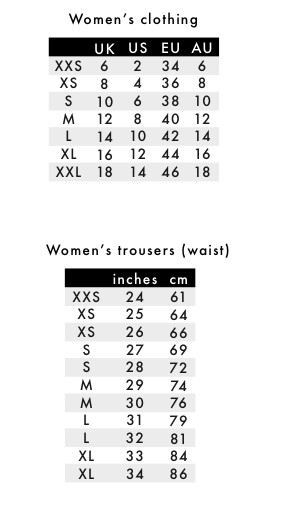
This is also a simple but effective way of ensuring fit. It takes a bit more time when adding new product listings but should be worth it reducing returns in the long run. The more detailed, the better.
- Shoes: list insole length, heel height, total height, the height of the platform, width, shin and calf lengths for boots, etc. for each size
- Clothes: list shoulder, chest, waist and hip width, sleeve length, torso length, full length for each size
Plus, this can give your customer service people a tiny bit of leverage when dealing with tough customers.

WOLF&BADGER lists all measurements by size
Fit finding tool
Going one step further, you can implement a tool that asks a few basic questions and suggests a size for the customer. I personally have found those tools accurate and very helpful when I feel I’m between two sizes.
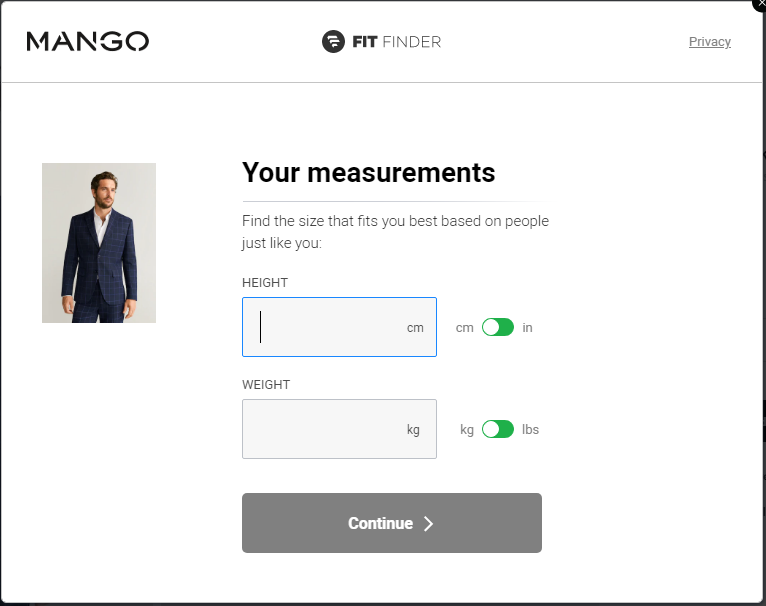
Mango’s fit finding tool
Feedback on fit
You can incorporate the customers’ opinion on the fit as well – if the item fits as expected or goes smaller/ bigger. This acts as an additional reassurance by an impartial third party that simply helps buyers make better decisions.

H&M incorporates customer feedback on the fit
Different models, one item
Photographing the same size of a piece of clothing on models with different body types helps immensely because people can better envision how it’d fit them. It also makes your brand more inclusive and relevant to shoppers, the majority of whom do not have standard runway model body shapes. Check out this LNO Greek’s Delta Sigma Theta gifts shop here for your best preferences!
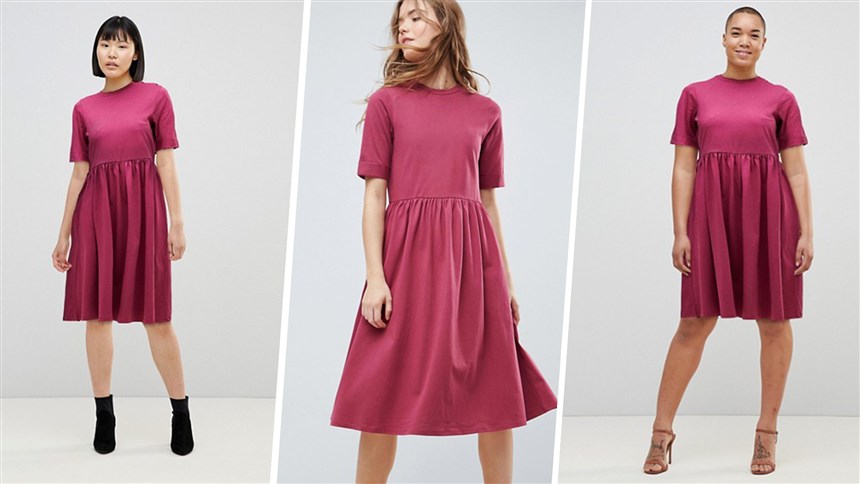
Credits: Asos, Today.com
Asos tested such a tool in the past, but we don’t see it on their website now. It’d be a game-changer!
Use customer photos
An Instagram feed on the product page is a great way to show how other customers style the item and how it fits on different people. It also will help with conversions, acting like inspirational content.

H&M uses customer-generated content to show different styling ideas
Product descriptions should not hide anything
Don’t cut product descriptions short. Give all the information about the fit, the details, the material, and any peculiarities so customers know exactly what they’re buying.
Is there a zipper or is it just an elastic band at the waist? Is there a button on the collar or does it stay open? These details matter for the fit and customers need to know.
Even more important, don’t hide the material of the clothes. Some shops use vague descriptions like “flowy and light fabric” in hope to bury the word “polyester” out of sight on the page. But customers will see it anyway so in order to avoid returns, just say it out right. People who don’t mind polyester, will buy it, those who do, won’t and that’s better than dealing with returns all the time.

Mango lists all details about the cut and fit.
If you see people shy away from some materials, try to explain their purpose and benefits (maybe they don’t wrinkle or they wick sweat).
Related: How to use content marketing creatively for your brand
Don’t forget care instructions
It’s best to disclose any special maintenance needs so customers know what they are buying and there aren’t any unpleasant surprises.
A few examples would be:
- Dry cleaning only
- Hand wash only
- Needs to be waterproofed with a special spray
- Soles are slippery and need to be treated for winter
Product photography that brings the item to live
Ecommerce is dependent on product images, that’s for sure. To minimize returns, you have to present your products as they’d appear in a physical clothes shop where people can see every little detail, turn the item over and feel it.
This is where great detail photos come into play. Provide as many photos as possible – in full size, close-ups of the details, the hems, the pockets, the insoles, the profile of the shoe. A 360-degree view would be nice too, but not compulsory if you have enough pictures.
Also, a close-up of the material is great to have as people might not be sure how lyocell looks but will be able to understand from a good picture.

Credit: https://www.fjallraven.eu/
Color options that don’t mislead
Some ecommerce brands design their product pages in such a way that the color options are shown in swatches only. It definitely looks good and helps see the patterns, but it can be a problem for similar colors.
If the color is not spelled out in alt text or in some other way, it is easy to confuse dark blue and black, for example. The same goes for the shopping cart design where people need to make sure everything is right before paying.
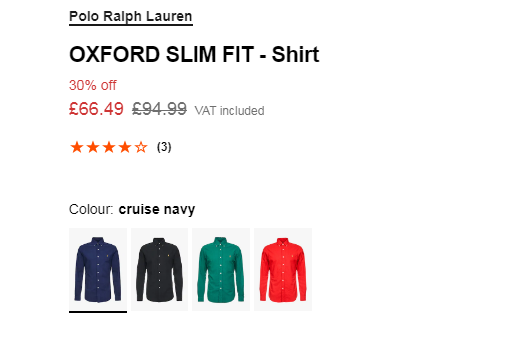
Zalando properly shows and labels color options
Styling is essential
How you style your fashion products can make all the difference in the world. It’s understandable that you want to show your brand identity in the styling, but keep in mind that overdoing it prevents customers from seeing the product as it is.
For example, layering too many items so it’s hard to distinguish the one for sale. Sometimes cleaner, simpler shots without fancy styling let the item shine and convert better.
Even more so, styling clothes unnaturally to make them look more fitted when they actually are boxy or loose misleads the shopper. We see that done in retail – the excess fabric of a top tied back to make it more form-fitting. But online such stunts will only increase returns so better skip the belting, knotting, tucking, etc.
Shopping assistance over live chat
Choosing clothes in a brick-and-mortar shop is easier, there’s no doubt about that. To imitate the experience, you can provide live customer service who would be the connection between the customer and the products.
If people cannot see the items, the assistants can at least answer their questions and make the decision easier. Thus problems with sizing and fit can be eliminated.
Packaging that prevents wrinkles
The packaging you use actually protects your precious products. If it does it well, your customers will receive a good-looking, wrinkle-free item. That lets them try it and see its true potential right away without extra effort on their part.
This easily leads to keeping the item instead of returning it. A wrinkled item in bad shape will not sit well and is more likely to get returned.
Learn from returns & feedback
Sometimes there’s nothing you can do to avoid a return, but it can still help you improve. Listen to the feedback and dig for insights.
Which products get returned the most? Maybe they’re of poor quality (fix it or change your clothing manufacturer) or don’t fit with your target customers (drop them from product range).
What reasons do people give for the returns? Is it a sizing, expectations vs reality or a color issue?
And – very important – offer exchanges and store credit instead of refunds. 57% of shoppers would exchange the item they return so if you sort out the reasons for the returns, you’d get happy customers on the first order.
Related: Metrilo automated feedback gathering and ties it to orders
How to deal with “renters”
Wear & return (also called wardrobing) is such a huge problem for the apparel industry. It’s an urban legend that people would shop for formal wear or other pricier outfits and accessories, wear them once and return them to get their money back. They even manage to keep the tags intact. It’s like renting, but not exactly legal or nice.
Since there are companies like Rent the Runway, we don’t see why your brand should have to put up with such disrespectful behavior that damages your products and adds up costs. We know this is not the most customer-friendly idea, but sometimes it’s necessary to protect your bottom line.
To bar your customers from doing that, here are a few tactics.
Labels
Place the labels and hang tags in a very uncomfortable place to wear without removing them or where they cannot be hidden.
Some ideas:
- not on the inside of the coat, but under the collar on the outer side so it hangs on the back of the coat visible;
- looped through a button hole/ a belt hoop/ the zipper
- use colored thread that’s hard to replace for attaching the labels, not the safety pins that are so easy to put back on. Star Track labels are very durable.
360 ID Tags is one such solution that lets customers try on the clothes or shoes but not wear them out in public.

360 ID tag
In addition, have your return policy state clearly that return items with any signs of wear will not be accepted back.
No to offering free returns
Unfortunately, one-third of customers admit buying more items than they want only to try them at home and choose what to keep. One person in five would go even further, ordering a few variants of the item and choose among sizes and colors.
To discourage them from doing that, place stricter rules on return shipping. Making them pay for return shipping is one option, but it has to be done right so not to discourage shopping altogether.
- Charge for each return label generated from the website or by item count
- State a fixed return price – H&M does this, they deduct about $3 from the refund
- If you sell internationally, you can still have one return address (but this can influence your international conversions negatively, it’s really not cool, do it only if you really have to)
Over two-thirds of respondents in one survey said they’d think twice before returning an order if there are shipping or restocking fees.
Your CRM to the rescue
It’s a good idea to keep an eye on your customer base in case some people return orders too often. In your ecommerce CRM, tag the “serial returners” and exclude this tag from future sales and promotions. If you’re up for some drama, you can even reach out to them individually and try to find out the reasons.
Fight returns with content
The period just after receiving an order is crucial – it’s the return window and customers have to decide whether to keep the item or not. You can influence their decision with relevant content. Just automate an email with selected content to be sent to customers by product bought.
Styling tips and style inspiration can add value to the item, showing it in a new light. Thus a customer who didn’t like the item initially may decide to keep it and try the ideas you suggest.
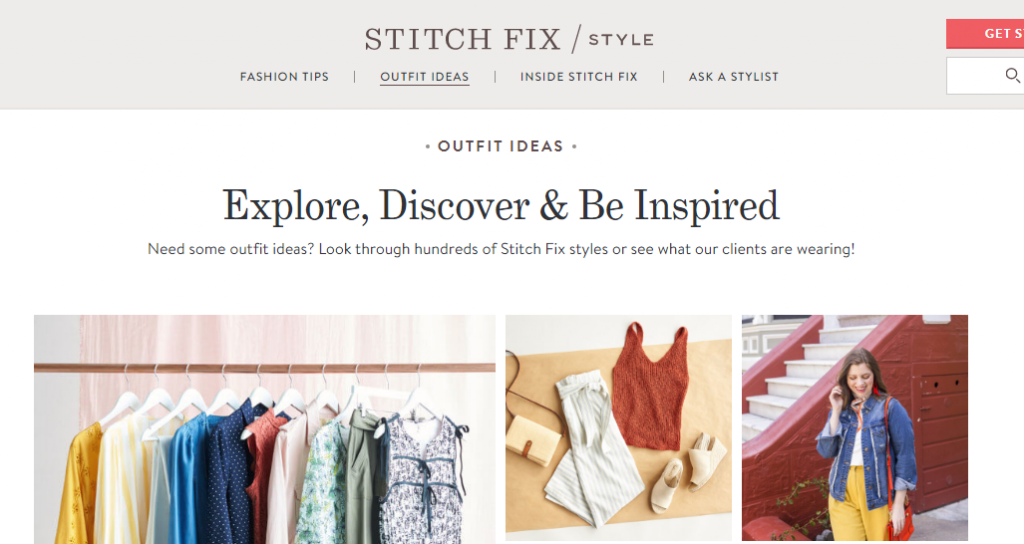
Stitch Fix Style Guide
Build and grow your ecommerce brand
Metrilo’s mission is to help you build your ecommerce brand and win your place in the customer’s heart. We share what we learn from our daily work with product innovators and founders here. Subscribe to our weekly newsletter to get the freshest lessons and conquer your niche.
We promise, no spam.
Thank you for subscribing!
See you soon :-)



